Imagine walking down a bustling street, your eyes catching a glimpse of a towering huge poster with bright colors and big letters. It’s not just any normal poster but a canvas of colors, a beacon of brands, a silent storyteller of the times – it’s a Billboard. Billboards have been the faithful companions of advertisers through the ages, evolving from painted signs to digital wonders. From their inception during the Industrial Revolution to the digital age of today, billboards have evolved into dynamic platforms for building brand visibility, engagement, and resonance. In this comprehensive exploration, we delve into the evolution of billboard advertising and its profound impact on the art of branding.
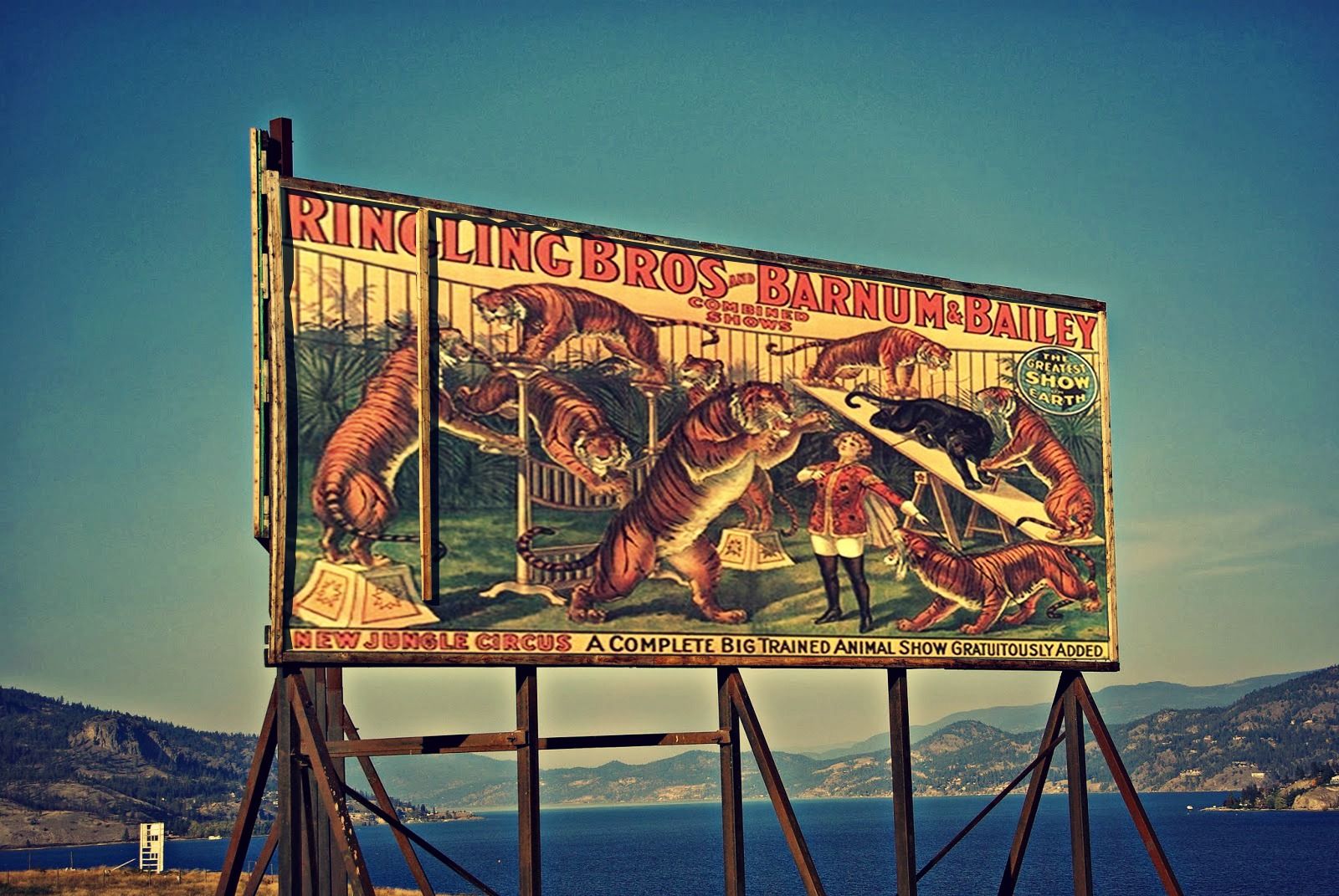
Building Brand Visibility Through Traditional Billboards
In the annals of advertising history, traditional billboards stand as towering symbols of brand visibility. The birth of the large-format billboard, or giant poster, in 1835 by Jared Bell marked a significant milestone in the advertising industry. During the industrial revolution, newspapers, magazines, and flyers were the primary advertising tools. However, as urbanization and transportation networks expanded, outdoor advertising became increasingly popular. The introduction of large-format billboards in the 19th century marked the beginning of a new era in advertising, with businesses utilizing outdoor spaces to reach a wider audience. These static displays, with their bold imagery and succinct messaging, have long been stalwarts of outdoor advertising, commanding attention and leaving an indelible mark on the collective consciousness of consumers. By leveraging strategic placement and eye-catching designs, brands have successfully etched their identities into the urban landscape, imprinting their presence in the minds of passersby and commuters alike. As billboards gained popularity, numerous associations were established to regulate the standards of this powerful medium, leading to its widespread adoption in the 20th century as a preferred promotion method, especially along highways and roads.
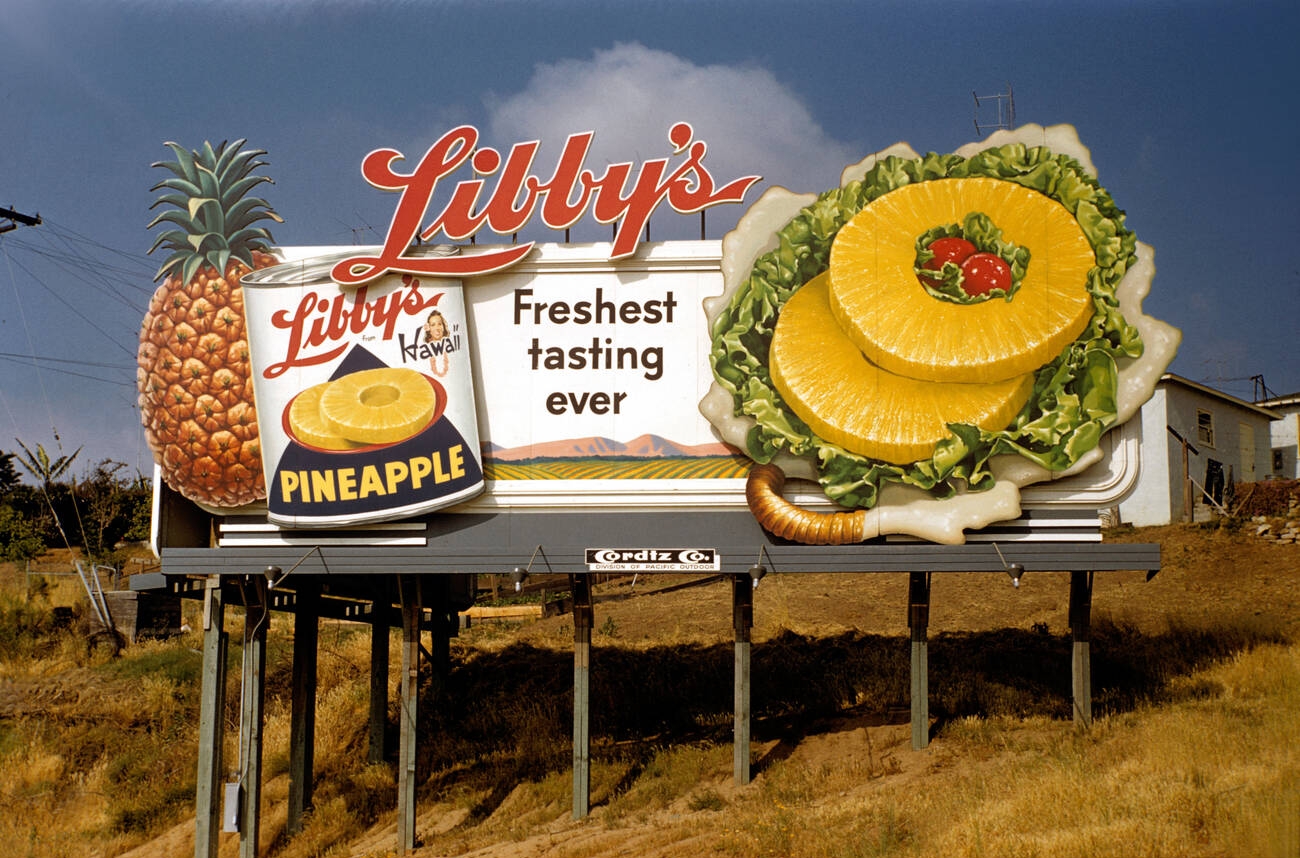
Challenges Faced by Traditional Billboards
Although billboards have long served as a staple advertising channel, some limitations have emerged in our increasingly digital landscape. With consumers facing a deluge of marketing messages across various platforms daily, static roadside banners struggle to cut through the noise and capture attention. Also, it’s difficult for brands to know how well billboard ads are actually working for them. They have trouble tracking who saw the ads or if those people did anything afterward like buy a product. Because of these issues, businesses have started asking themselves if billboards are still worth the money compared to digital ads online. Digital ads can be changed easily and companies can better see how people react to them. While billboards continue to get some budget for now, their effectiveness alone is increasingly being doubted as advertising continues moving to the internet age.
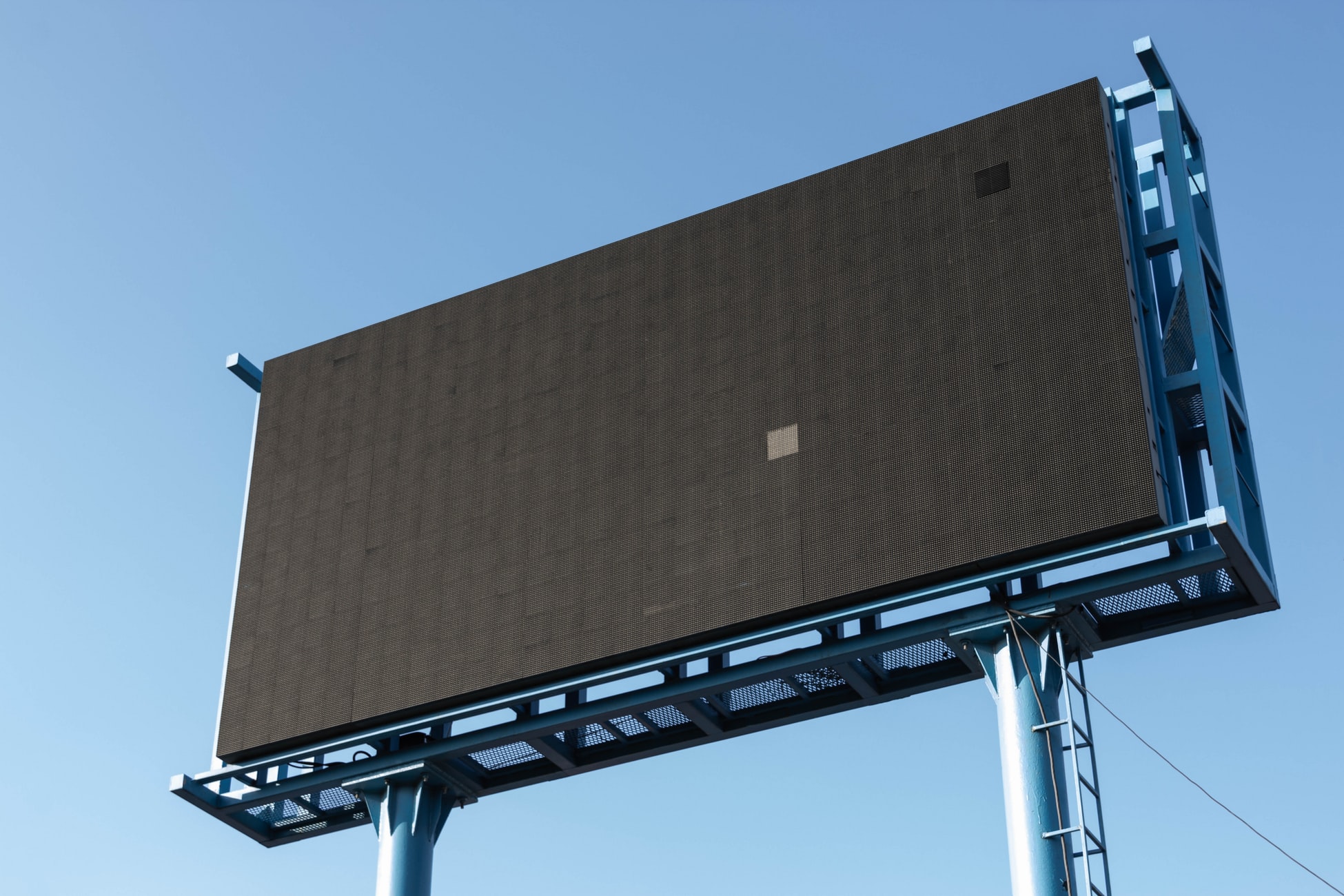
Evolving Engagement with Digital Billboards and LED Screens
The advent of digital billboards and LED screens heralded a new era of engagement in outdoor advertising. With their dynamic capabilities and interactive features, these modern marvels have redefined the boundaries of brand storytelling, inviting consumers to participate in immersive brand experiences. From real-time updates and interactive games to personalized messaging based on demographic data, digital billboards offer brands unprecedented opportunities to captivate audiences and foster meaningful connections.
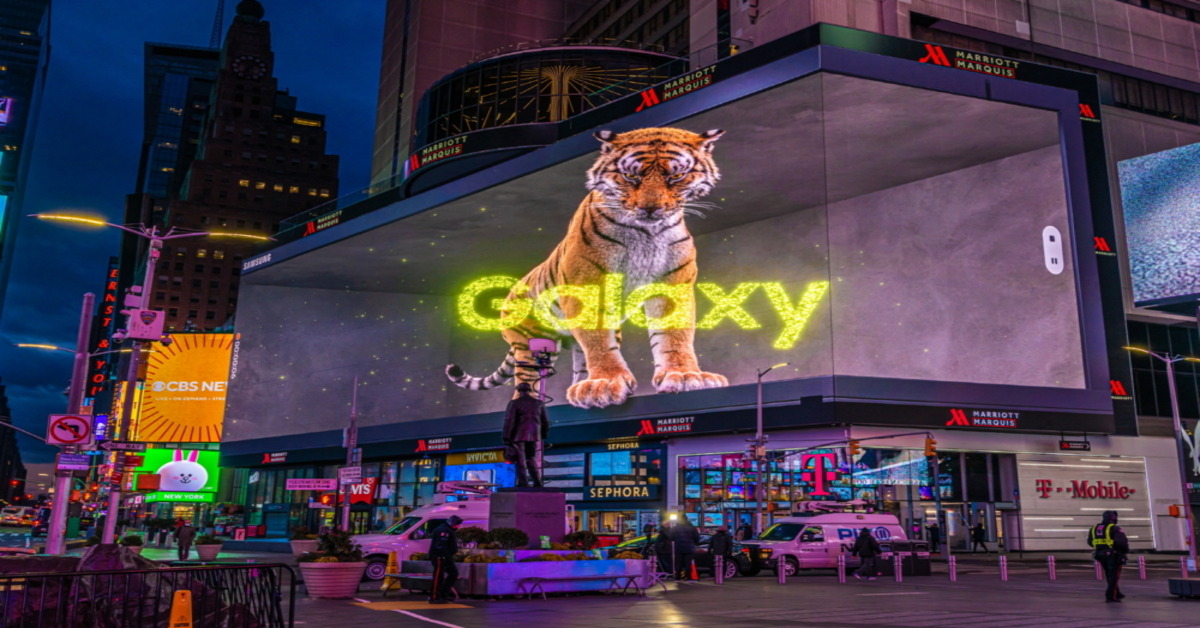
Embracing Smart Advertising Technologies for Targeted Messaging
As technology continues to evolve, smart advertising technologies have emerged as a game-changer in the realm of billboard advertising. By harnessing the power of radar, cameras, and facial detection, brands can deliver hyper-targeted messaging that resonates with consumers on a deeply personal level. Whether it’s adjusting ad content based on weather conditions or tailoring messages to specific demographic groups, smart billboards empower brands to engage audiences with relevance and authenticity, driving consumer engagement and brand loyalty.
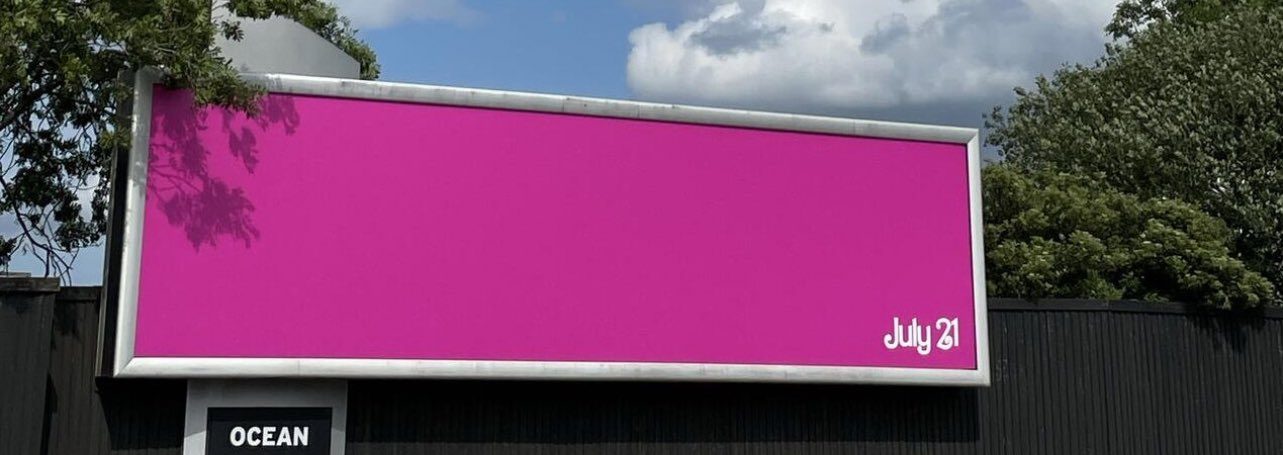
Navigating the Future of Branding in the Digital Age
As technology continues to advance, the future of billboard advertising is poised to be even more innovative. Smart advertising, enabled by tools such as radar, cameras, and facial detection, will allow digital billboards to provide personalized and contextually relevant content to viewers. Whether it’s displaying weather-related messages or tailoring ads to specific demographics, smart billboards have the potential to revolutionize the way brands connect with consumers.
Bottomline
Billboards serve as powerful canvases for brand storytelling, allowing brands to communicate their identities and values to a wide audience. As we embrace the possibilities of digitalization and smart advertising, billboards remain steadfast in their ability to captivate and inspire consumers, leaving an indelible impression on the collective consciousness of society. As brands navigate the ever-changing landscape of advertising, billboards stand as beacons of creativity, innovation, and brand visibility, illuminating the path to success in the digital age.



